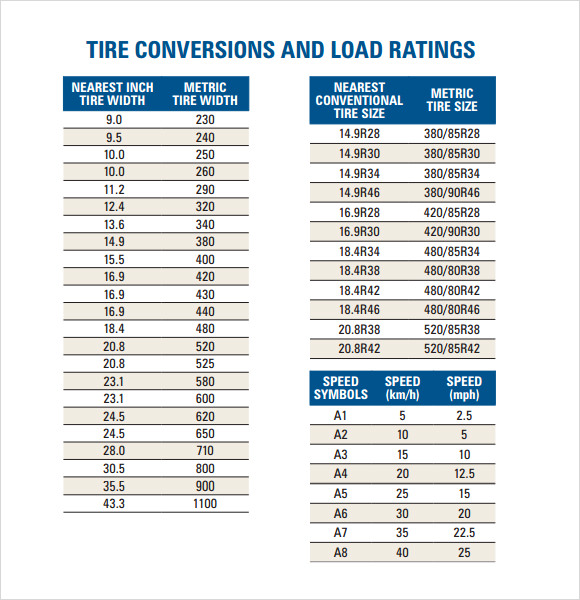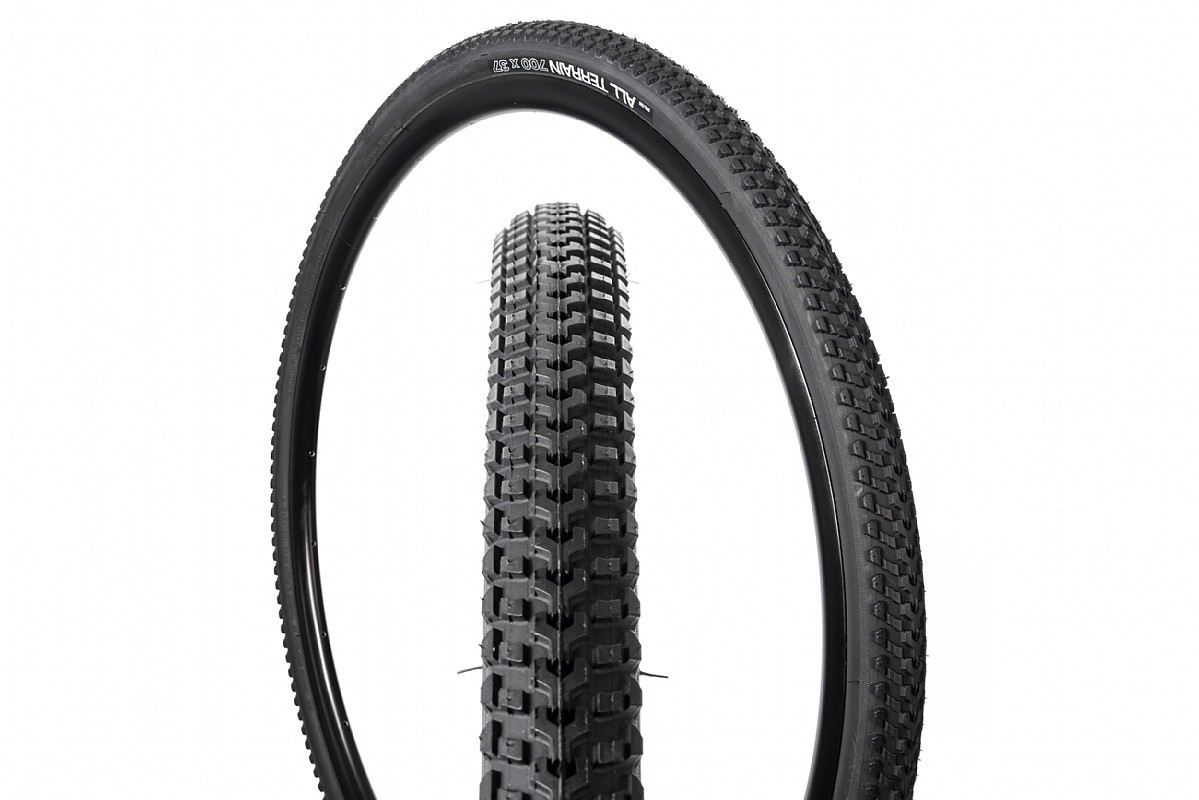Unraveling the Mystery: What Does 700 Bike Tire Size Mean?
The 700 bike tire size is a widely adopted measurement system for bicycle tires, primarily used in road cycling. This size refers to the diameter of the tire, measured in millimeters, and is the standard for modern road bikes. To provide a global perspective, 700c is equivalent to the traditional French tire sizing system’s 29-inch wheel, commonly used in mountain bikes. However, the two should not be confused, as 700c tires are generally narrower and lighter than their 29-inch counterparts.
ISO (International Organization for Standardization) values offer a more precise method for tire sizing. In the case of 700c tires, the ISO value typically ranges between 622 and 635 millimeters. This range accounts for slight variations in rim width and tire thickness. Understanding ISO values can help cyclists make informed decisions when selecting tires and ensure compatibility with their bicycles.
When discussing 700 bike tire size, it is essential to differentiate between clincher, tubular, and tubeless tires. Clincher tires are the most common and are characterized by an inner tube that holds the air pressure. Tubular tires, also known as sew-ups, are a high-performance option with the tire and inner tube sewn together, providing a smooth and lightweight solution. Lastly, tubeless tires, increasingly popular in modern cycling, eliminate the inner tube altogether, reducing the risk of punctures and offering improved rolling resistance.
Selecting the Perfect 700 Bike Tire: Factors to Consider
When choosing a 700 bike tire, several factors come into play to ensure optimal performance, comfort, and safety. First and foremost, consider the tire width. A narrower tire (23mm to 25mm) is suitable for road racing, offering less rolling resistance and lower weight. Wider tires (28mm to 32mm) provide better grip, comfort, and shock absorption, making them ideal for long-distance rides, touring, and gravel roads. The perfect tire width depends on the cyclist’s preferences, riding style, and the terrain they will encounter.
Tread pattern is another crucial factor when selecting 700 bike tires. Slick or lightly treaded tires are best for paved roads, providing minimal rolling resistance and improved speed. For unpaved surfaces, such as gravel or dirt roads, knobby or semi-slick tires offer better traction and control. All-season or all-terrain tires strike a balance between on- and off-road performance, offering versatility for cyclists who enjoy diverse riding conditions.
Tire compound plays a significant role in determining a tire’s performance and durability. Softer compounds offer better grip and traction but wear out faster, while harder compounds provide longer-lasting tires but may sacrifice grip. Many tire manufacturers offer dual- or multi-compound tires, combining the benefits of both hard and soft compounds for an optimal balance of grip, durability, and rolling resistance.
Popular tire brands offering 700 bike tires include Continental, Schwalbe, Michelin, Vittoria, and Pirelli. These brands cater to various riding styles, preferences, and budgets, ensuring cyclists can find the perfect tire for their needs. Researching and comparing different models, features, and price points can help cyclists make informed decisions and find the ideal 700 bike tire for their cycling adventures.
How to Measure Your Bike for a 700 Tire: A Step-by-Step Guide
To ensure a perfect fit when selecting 700 bike tires, accurately measuring your bike’s wheel size is essential. Follow these simple steps to determine the appropriate tire size:
- Identify the rim size: Most modern road bikes use 700c rims, which have a diameter of approximately 622mm (ISO value). However, it is crucial to double-check your bike’s rim size to confirm compatibility.
- Measure the current tire’s width: Measure the width of your existing tire in millimeters, from one outer edge to the other, at the widest point. This measurement will help you determine the appropriate tire width for your bike and riding style.
- Check the frame and fork clearance: Ensure there is enough space between the tire and the frame or fork to accommodate the new tire. A rule of thumb is to allow at least 4mm of clearance on each side. If you’re unsure, consult your bike’s manufacturer or a local bike shop for guidance.
- Consider your brakes: Ensure the new tire will be compatible with your braking system. Rim brakes typically require tires with a specific rim profile, while disc brakes offer more flexibility. Always double-check compatibility before purchasing new tires.
By following these steps, you can confidently select the appropriate 700 bike tire size for your bike, ensuring optimal performance, safety, and comfort on your cycling adventures. Remember, accurate measurements and compatibility checks are crucial to making an informed decision and enjoying a smooth and enjoyable ride.
Upgrading to 700 Bike Tires: Enhance Your Cycling Experience
Switching to 700 bike tires can significantly improve your cycling experience, offering enhanced performance, increased comfort, and a sleek aesthetic. Many cyclists have made the switch and shared their positive experiences.
“Upgrading to 700 bike tires has transformed my daily commute. The improved rolling resistance and comfort have made my rides more enjoyable and less fatiguing,” says Sarah, a long-time cycling enthusiast.
“I was initially hesitant about the investment, but the difference in performance and aesthetics is undeniable. I’m glad I made the switch to 700 bike tires,” adds John, a recreational cyclist.
Upgrading to 700 bike tires offers several benefits. First, the larger diameter and narrower width of these tires reduce rolling resistance, allowing for a smoother and faster ride. Additionally, 700 bike tires often provide better shock absorption, reducing the impact of rough roads and improving overall comfort.
Aesthetically, 700 bike tires offer a sleek and modern appearance, enhancing the overall look of your bicycle. This upgrade can be particularly appealing for cyclists who take pride in their bike’s appearance and performance.
When considering an upgrade to 700 bike tires, it’s essential to keep in mind the factors discussed in the previous sections, such as tire width, tread pattern, and tire compound. Researching popular tire brands and their offerings in the 700 size range can help you make an informed decision and find the perfect tires for your cycling needs.
700 Bike Tire Maintenance: Crucial Tips for Longevity
Proper maintenance is crucial for ensuring the longevity and performance of your 700 bike tires. By following these essential maintenance tips, you can maximize your tires’ lifespan and enjoy a safer, more comfortable ride.
Inflation
Maintaining the correct tire pressure is vital for optimal performance and safety. Underinflated tires can lead to increased rolling resistance, reduced traction, and a higher risk of punctures. Overinflated tires may cause a harsh ride, reduced grip, and a higher risk of tire damage. Regularly check your tire pressure and adjust it as needed, using a reliable tire gauge and following the manufacturer’s recommendations.
Tire Rotation
Rotating your 700 bike tires can help distribute wear evenly and prolong their lifespan. For bikes with similar front and rear tires, rotate them every 1,000 to 3,000 miles (1,600 to 4,800 kilometers) to ensure consistent wear. If your bike uses different front and rear tires, consult the manufacturer’s guidelines for rotation recommendations.
Puncture Repair
Flat tires can happen, but promptly addressing punctures can prevent further damage and extend the life of your tires. Use a reliable puncture repair kit to fix small punctures, ensuring the damaged area is thoroughly cleaned and prepared before applying the repair patch. If the puncture is too large or the tire is severely damaged, consider replacing it to maintain safety and performance.
Regular Inspections
Regularly inspect your 700 bike tires for signs of wear, damage, or foreign objects that may cause punctures. Remove any debris and address any issues promptly to prevent further damage and ensure a safe, enjoyable ride. Keep an eye out for uneven wear, cuts, cracks, or bald spots, which may indicate it’s time to replace your tires.
Proper Tire Storage
Properly storing your 700 bike tires when not in use can help maintain their condition and prolong their lifespan. Store tires in a cool, dry, and dark place, away from direct sunlight and extreme temperatures. If possible, store tires vertically to minimize stress on the sidewalls and prevent deformation. When storing tires for an extended period, consider partially deflating them to reduce stress on the tire’s structure.
Comparing 700 Bike Tires: Top Models Reviewed
Choosing the right 700 bike tire can significantly impact your cycling experience. With various models available, it’s essential to compare their features, performance, and price points to make an informed decision. Here, we review some of the top 700 bike tire models on the market, providing a balanced assessment of each tire to help you find the perfect fit for your cycling needs.
Continental Grand Prix 5000
The Continental Grand Prix 5000 is a popular choice among cyclists, offering an excellent balance of performance, durability, and comfort. Its Active Comfort Technology reduces vibrations, while the BlackChili compound ensures superior grip and low rolling resistance. The GP 5000 is available in various widths, catering to different riding styles and preferences.
Schwalbe Pro One TLE
The Schwalbe Pro One TLE is a high-performance tubeless tire designed for speed and efficiency. Its lightweight construction and triple-compound tread provide exceptional rolling resistance and grip, making it an ideal choice for road racing and long-distance rides. The TLE model features Schwalbe’s Tubeless Easy technology for simple and secure tubeless setup.
Pirelli P Zero Velo
The Pirelli P Zero Velo is a versatile tire suitable for various road conditions, thanks to its SmartNET Silica compound and ICS (Ideal Contour Shaping) technology. The P Zero Velo offers excellent grip, low rolling resistance, and puncture protection, making it an attractive option for cyclists seeking a reliable and high-performing tire.
Vittoria Corsa G+
The Vittoria Corsa G+ is a premium tire designed for speed and handling. Its Graphene 2.0 compound provides exceptional grip, while the cotton casing ensures a comfortable ride. The Corsa G+ is available in both clincher and tubular versions, catering to various cyclist preferences and needs.
Michelin Power Road
The Michelin Power Road is a durable and high-performing tire, featuring Michelin’s Aramid Protek+ technology for enhanced puncture resistance. Its Bi-Compound tread offers excellent grip and low rolling resistance, making it an ideal choice for long-distance rides and training sessions.
When comparing 700 bike tires, consider factors such as tire width, tread pattern, and tire compound. Research popular tire brands and their offerings in the 700 size range, and carefully evaluate each tire’s features, performance, and price points. By making an informed decision, you can ensure a safer, more comfortable, and more enjoyable cycling experience.
700 Bike Tire Compatibility: Ensuring a Perfect Match
Switching to 700 bike tires can significantly enhance your cycling experience, but it’s crucial to ensure compatibility with your bike’s components. Here, we discuss rim width, brake compatibility, and frame clearance, offering solutions for riders with older bikes or unique configurations.
Rim Width
The width of your bike’s rims plays a significant role in determining the compatibility of 700 bike tires. A general rule of thumb is to match the tire width to the rim’s internal width, ensuring optimal performance and safety. For instance, narrower rims (13-15mm) work well with tires between 23mm and 28mm, while wider rims (17-19mm) can accommodate tires up to 32mm or more. Always consult the manufacturer’s guidelines for specific recommendations.
Brake Compatibility
When upgrading to 700 bike tires, it’s essential to consider brake compatibility. Rim brakes require tires with specific rim profiles, while disc brakes offer more flexibility. If you have rim brakes, ensure the new tires have a compatible rim profile to avoid brake performance issues. For disc brakes, double-check that the rotors and calipers are compatible with the new tires and rims.
Frame Clearance
Frame clearance is another critical factor to consider when switching to 700 bike tires. Ensure there’s enough space between the tire and the frame or fork to accommodate the new tire. A rule of thumb is to allow at least 4mm of clearance on each side. If you’re unsure, consult your bike’s manufacturer or a local bike shop for guidance. For older bikes or unique configurations, you may need to consider using fenders or making frame modifications to ensure proper clearance.
By addressing compatibility issues, you can ensure a safer, more comfortable, and more enjoyable cycling experience with your new 700 bike tires. Always consult the manufacturer’s guidelines and seek professional advice if needed to make informed decisions and avoid potential issues.
Embracing the 700 Bike Tire Lifestyle: Join the Ranks of Enthusiasts
Switching to 700 bike tires can significantly enhance your cycling experience, offering improved performance, increased comfort, and enhanced aesthetics. By understanding the basics of 700 bike tire size, selecting the perfect tire, and addressing compatibility issues, you’re well on your way to embracing the 700 bike tire lifestyle.
Cycling enthusiasts worldwide appreciate the versatility and performance offered by 700 bike tires. From road racing to long-distance touring, these tires cater to a wide range of cycling disciplines and preferences. By upgrading to 700 bike tires, you’ll join the ranks of passionate cyclists who value the unparalleled riding experience they provide.
To further explore the world of 700 bike tires, consider joining local cycling clubs or participating in group rides. These communities offer valuable resources, advice, and camaraderie, helping you deepen your understanding and appreciation of 700 bike tires. Additionally, attending cycling events and races can provide inspiration and motivation, showcasing the latest trends and technologies in the cycling world.
By embracing the 700 bike tire lifestyle, you’ll not only enhance your cycling experience but also contribute to a vibrant and supportive community of cycling enthusiasts. So, what are you waiting for? Join the ranks of 700 bike tire aficionados and embark on an exciting journey of discovery and enjoyment.






